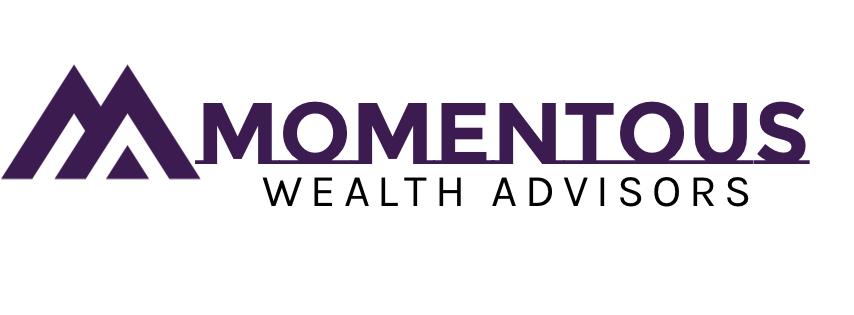Active vs. Passive Investing
The investment world has long debated the merits of active versus passive investing. When the markets are challenging this debate pops up quite frequently in Google searches and from Wall Street guests on popular business channels.
Passive investing seeks to generate market returns for specific indexes while Active investing seeks to outperform the market by over allocating money to certain sectors or stocks deemed favorable in the current market climate.
The two approaches offer different advantages and potential drawbacks.
Active Investing:
Active investors take a hands-on approach to buying and selling to try to outperform a particular benchmark. They may use a bottom-up approach or top-down approach and trade stocks or other assets to capitalize on opportunities.
Investors can choose to purchase actively managed funds. There are thousands to choose from today. Active fund managers have experience and access to dedicated research. They follow economic trends and closely monitor the market to determine the best time to buy and sell stocks based on their research and expertise to try to maximize the return for their shareholders.
Active investing strategies are associated with higher fees than passive investing strategies, which can affect overall returns.
Passive Investing:
Passive investing typically involves buying shares of an exchange-traded fund (ETF) or index fund designed to replicate a market index. This type of hands-off approach doesn’t require the kind of daily attention and research active investing does, and as a result, also tends to come with lower costs.
What is Better For You? Active or Passive?
There are pros and cons to active and passive investing, and the right approach for you depends on many different factors, including your goals, your stage in life, and your risk profile.
If you are willing to pay a bit more for the chance of outperforming the market, an active approach might be a good fit for you. On the other hand, passive investing might be a better fit for part of your portfolio for long-term goals, such as retirement. Also, where you are investing matters. If you are investing in a taxable account, low-cost ETFs may be better for tax efficiency.
When it comes to investing, it is widely known in the industry that in certain areas of the market, an active portfolio manager cannot add as much value or extra return for the extra fees you pay. So why pay higher fees in those areas when we don’t have to? *Passive ETFs, especially in large-cap stocks tend to do better than active funds and are lower in cost. Actively managed foreign developed-markets stock funds, emerging markets funds, mid and small-cap growth funds, global real estate, high-yield bond funds, and intermediate core bonds tend to do better over passive ETFs.
-Brian D. Muller, Founder, Wealth Advisor
*Source: Morningstar
https://www.morningstar.com/funds/where-do-active-fund-managers-hold-upper-hand
Disclosure: The foregoing information has been obtained from sources considered to be reliable, but we do not guarantee that it is accurate or complete, it is not a statement of all available data necessary for making an investment decision, and it does not constitute a recommendation. Any opinions are those of Brian Muller and Momentous Wealth Advisors.
